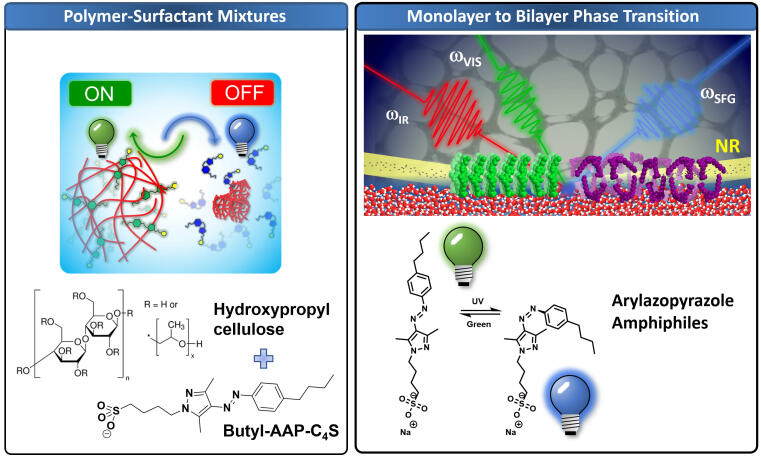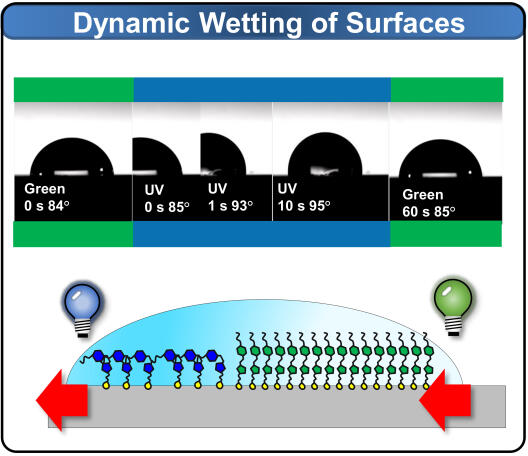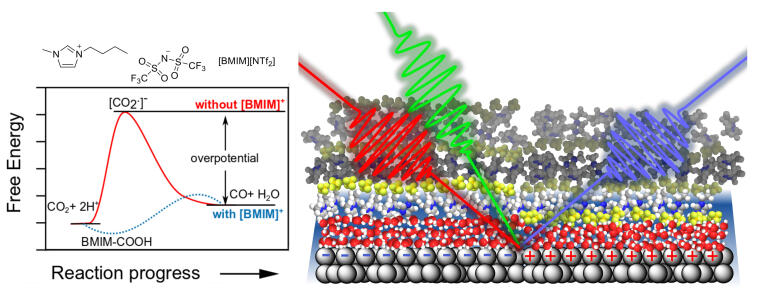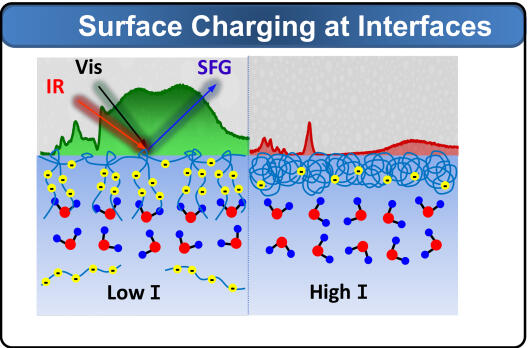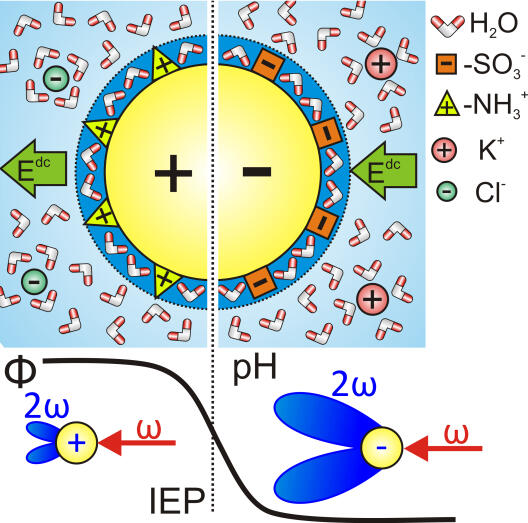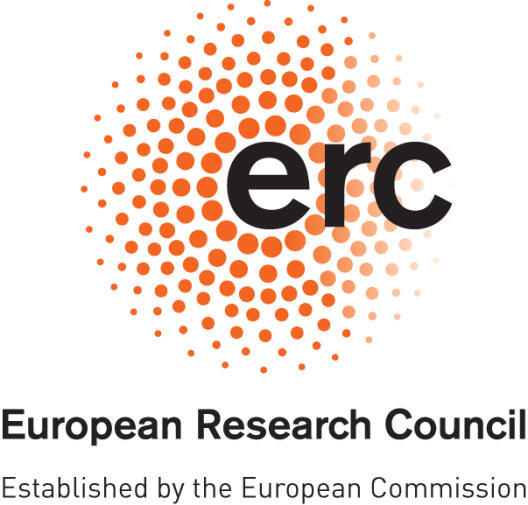Forschungsstrategie und -konzept
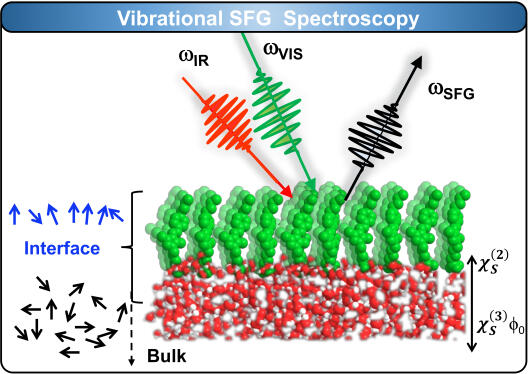
Fluide Grenzflächen sind in verschiedenen Materialien wie Schäume und Emulsionen vorhanden in denen sie sowohl mikroskopische als auch makroskopische Eigenschaften und Funktionen dominieren können.
Die Verbesserung unseres Verständnisses der Chemie flüssiger Grenzflächen ist daher nicht nur für molekulare Selbstorganisation oder für die Organisation von Makromolekülen wie Polymeren und Proteinen an Grenzflächen interessant, sondern auch von entscheidender Bedeutung in Nanowissenschaften oder in der heterogenen Katalyse, um nur zwei von vielen Beispielen zu nennen.
Neben einem grundlegenden molekularen Verständnis der Chemie und Physik an Grenzflächen besteht ein großes Potenzial, dieses Wissen auch nutzen zu können, um zum Beispiel neue grenzflächengesteuerte und hierarchische Materialien aus weicher Materie wie Schäume und Emulsionen mit neuen Eigenschaften zu erzeugen.
Derzeit werden beispielsweise von uns adaptive oder responsive Grenzflächen, Schäume und Emulsionen untersucht, welche ihre Eigenschaften auf Grund einer äußeren Anregung (Licht und Temperatur) verändern können. Voraussetzung, um diese Herausforderung zu meistern, ist die Vermessung der Eigenschaften molekularer Bausteine an Grenzflächen. Diese können einfache Tenside aber auch Makromoleküle und deren Aggregate umfassen, welche wir einsetzen um Eigenschaften auch auf größeren Längenskalen zu kontrollieren.
Dazu verwenden wir in unserem Arbeitskreis insbesondere nichtlineare optische Laserspektroskopie wie die Summenfrequenz-Schwingungsspektroskopie (engl. Sum-Frequency Generation oder kurz SFG) sowie die optische Frequenzverdopplung (engl. Second-Harmonic Generation oder kurz SHG), welche orthogonal zu vorhandenen anderen experimentellen Methoden eingesetzt wird. Für die nichtlinear optische Spektroskopie verwenden wir ultrakurze Laserpulse, welche wir nutzen um die molekulare Struktur von Grenzflächen im Detail aufzulösen. Dabeistehen nicht nur Gleichgewichtsysteme im Fokus unserer Forschung, sondern auch solche bei denen zum Beispiel chemische Reaktionen an Grenzflächen ablaufen können und zeitaufgelöst untersuchen.
Dazu kombinieren wir SFG- und SHG-Spektroskopie mit komplementären Methoden wie Tensiometrie, Oberflächendilatationsrheologie und anderen Methoden wie verschiedene Filmwaagen. Aus der bisherigen und aktuellen Forschung der Gruppe lassen sich die folgende Forschungsschwerpunkte identifizieren:
-
Entwicklung experimenteller Methoden zur Grenzflächenspektroskopie
-
Adsorption, ionenspezifische Effekte und Struktur-Eigenschafts-Beziehungen in weicher Materie
-
Responsive und adaptive Grenzflächen und weiche Materie, welche auf Licht- und Temperaturstimuli reagieren
-
Elektrochemische Reaktionen an Elektrode/Elektrolyt-Grenzflächen


